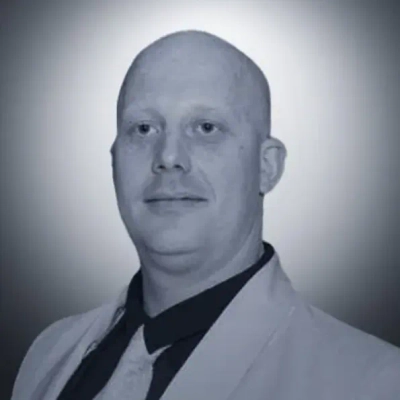How to Drive Website Traffic with Advertising: 25 Expert Strategies
Discover 25 proven strategies to boost website traffic through effective advertising, with insights shared by leading industry experts. From targeted social media campaigns to micro-ad funnels that trigger emotional responses, this comprehensive guide offers practical approaches for businesses of all sizes. These expert-backed techniques focus on measurable results, helping companies transform advertising investments into qualified traffic and increased sales.
Social Media Campaigns Drive Qualified Traffic
Our marketing team has implemented a comprehensive inbound strategy that leverages social media campaigns and targeted content marketing to drive qualified traffic to our landing pages. To increase visibility and lead generation, we also run paid search and social campaigns in tangent. We carefully align our social media advertising with audience demographics and interests to ensure we're connecting with the most relevant potential customers. For example, we offer detailed guides on how to structure your IT strategy for the next year. Our target market is more likely to click into this type of content - whether it is paid or organic - and then click through to a targeted landing page from there. By pairing these paid efforts with strong SEO tactics and website optimization, we've been able to create a sustainable traffic ecosystem that continues to deliver results.

Segment Campaigns by Product for Better ROI
We've used Google Ads to drive traffic, but the key was segmenting campaigns by product and cohort and optimizing to real CAC instead of just clicks. For example, we ran separate campaigns for limited liability vs. full coverage policies and tracked cost of conversion and conversion value per cost per segment. Data showed limited liability often had lower CAC and better margins, so we shifted more budget there.
Equally important, we improved the landing experience based on funnel data and session recordings: we split a long form into two steps and reduced options to five curated quotes (best value, best price, best coverage, plus two runners-up). That cut cognitive load and doubled conversions. We also used Intercom to trigger behavioral messages (e.g., cart-abandon emails/chats) tied to key moments in the journey.
Strategy in short: buy traffic where CAC is healthiest, and pair ads with a simplified, trust-building flow that converts. The combination of segmented bidding + UX fixes outperformed broad campaigns by a wide margin.
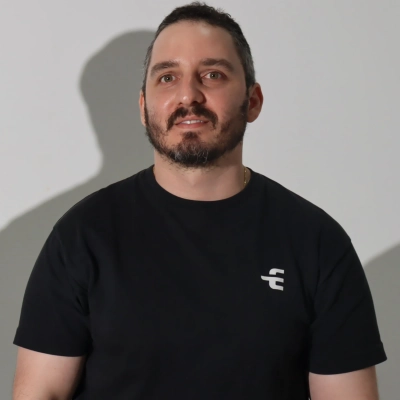
Emotional Videos Convert on Social Media
At Heirloom Video Books, we've used targeted social media advertising—mainly on Facebook and Instagram—to drive traffic to our website and gift landing pages. Our most successful campaigns feature short, emotional videos showing real customers opening their video books, paired with clear calls to action. We use audience segmentation to reach people interested in personalized gifts and memory preservation, and retarget visitors who don't purchase right away. This combination of heartfelt storytelling and data-driven targeting has consistently boosted both website traffic and conversions.

LinkedIn Retargeting Boosts Landing Page Conversions
For one of our recent campaigns, we leveraged LinkedIn retargeting alongside intent-based Google Ads to drive traffic to a landing page featuring our free personal brand audit offer. Our strategy focused on first providing value-driven content to warm up potential audiences, followed by targeted retargeting to those who showed engagement. This approach proved highly efficient with our ad spend; while delivering impressive results, we saw our landing page conversions increase by over 40% in just one month. The combination of platform-specific targeting with a clear value proposition created a compelling funnel that consistently converted visitors into leads.

Curiosity-Driven Ads Create Impossible-to-Ignore Content
One of my favorite examples was a campaign we ran where the ad wasn't just about the product, it was about sparking curiosity. Instead of pushing features, we created a narrative-driven ad that teased a problem our audience didn't even realize they had. The ad copy ended with an open loop that could only be closed by clicking through to the landing page. On the design side, we kept the visuals minimal but striking, so the message became impossible to scroll past.
We layered this with precise targeting, retargeting those who engaged but didn't convert, and A/B tested everything from the headline structure to the CTA language. What worked best was leaning into human psychology: curiosity, urgency, and the promise of transformation. The result wasn't just higher traffic but traffic that stayed, explored, and ultimately converted.
In case you end up using my input, here is my press kit with my bio, headshots, and backlink - https://thinkenvy.com/presskit

Localized Search Ads Cut Cost-Per-Enquiry
One of our most effective advertising campaigns promoted our 'Violin Lessons in Singapore' page using Google Ads and Meta retargeting. We ran highly localised search ads targeting intent-based keywords like 'violin classes near me,' paired with a landing page optimised for conversions — clear CTAs, social proof, and fast loading. Visitors who didn't sign up immediately were retargeted with short-form video testimonials on Facebook and Instagram. This combination increased our qualified leads by 55% and cut cost-per-enquiry by nearly 30%. The key was message consistency from ad to landing page — every click felt like a continuation, not a reset.
Expertise:
I'm the co-founder of LVL Music Academy and a digital marketing expert specialising in SEO, PPC, and conversion optimisation. I oversee our full digital strategy — combining performance data, storytelling, and user behaviour analysis to drive measurable business growth.

Targeted Facebook Ads Spike Traffic and Sales
I ran a targeted Facebook ad campaign featuring a limited-time discount on top-selling supplements. By using precise audience targeting and retargeting visitors who engaged but didn't buy, we drove a significant spike in traffic and conversions.

SMART FLOW Strategy Leads Users to Action
Instead of generic promotions, we construct campaigns around what motivates our audience — solving a problem, saving time or feeling included in something. Our approach is what we call "SMART FLOW" strategy, where we lead the users down a clear path: awareness, interest and action. Every step is unique and creative, from our attention-grabbing videos to the capturing of objections in remarketing chips. This ensures our message remains intact and relevant, which in turn increases CTRs and conversions.
For example, we implemented a Facebook Ads campaign for our client's product launch, mixing in cultural trends with retargeting carousels. With the help of custom audiences regarding the previous web page visitors, we managed to increase traffic on landing pages by 38% in barely two weeks. The ad featured a brief personal story from its founders rather than having them on screen, showing the perfect brand imagery. I think this strategy really turned visitors into interested leads.

Free Tool Attracts High-Intent Customers
We stopped sending ads to "book a demo" pages and pointed them to our Free DICOM/MRI Viewer instead—open a scan in seconds, no login. Google Search caught the high-intent terms ("cloud PACS," "AI radiology"), and LinkedIn targeted chiefs of radiology with outcome copy ("Get a STAT read under 60 minutes"). The landing page was just drag-and-drop plus a soft upgrade. CTR roughly doubled on LinkedIn, cost-per-demo dropped ~35%, and folks who used the viewer were ~2.4x more likely to become paying customers.

Bold Stats Pull Users to Gated Content
We ran a paid social campaign where instead of pushing a generic "learn more" ad, we led with a bold stat from one of our industry reports. The creative was super simple—just the stat in big type with a hook like "Here's what this means for your business." That curiosity gap pulled people in, and we directed the clicks to a landing page with the full report gated behind an email signup. The strategy was all about value-first: give them a taste, earn the click, then capture the lead. It ended up driving way more qualified traffic than a straight product pitch because people came in genuinely interested.
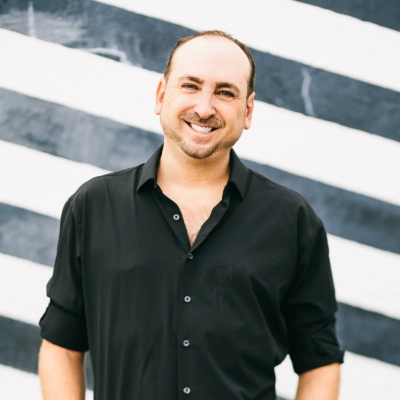
Visual Storytelling Triples Demo Sign-Ups
I've seen the best results from data-driven ad campaigns that combine storytelling with visual engagement—something we perfected through digital signage strategies at AIScreen. For one campaign, we ran a series of Google Display and LinkedIn ads that mirrored the look and feel of our interactive signage dashboards. Instead of static product images, we showcased dynamic animations showing how AIScreen transforms retail and corporate spaces in real time.
The strategy was simple but powerful: align the ad visuals with the actual in-product experience to build instant recognition. Each ad led to a personalized landing page with short demo videos and a one-click booking form. We also used retargeting pixels to re-engage visitors who interacted with the ad but didn't convert. That campaign increased our site traffic by 60% and tripled demo sign-ups. The key takeaway—advertising works best when it's consistent, contextual, and visually memorable.

Quiz-Based Ads Slash Cost Per Lead
We ran a Facebook ad campaign offering a free checklist called '7 Signs Your Law Firm Marketing is Failing.' Instead of just driving to a generic landing page, we built a short quiz that diagnosed common problems and then offered personalized tips. Engagement went through the roof. Cost per lead dropped by 43%, and we booked 17 consults in two weeks. People love talking about themselves, give them a reason to, and they'll reward you with attention.

Precision Targeting Increases Traffic and Engagement
Most of my qualified traffic to our urn company website comes from advertising. My approach was PRECISION — it hit the right people at exactly the right time. I relied on a combination of paid search campaigns and dynamic product ads, using INTENT-BASED keywords like "custom urns" and "memorial jewelry". I carefully monitored my cost-per-click trends and made changes to my bids every day so that I could keep up with the pace of competition, but not overspend. I did not depend solely on mass awareness, but sourced segmented audiences based on user intent, browsing behaviour, and time spent on page, so that ad relevancy was high as a result - bounce rates were low.
One successful campaign was our product-specific Google Ads push for the new "Signature Collection". Every ad linked to a simple landing page highlighting quality, design choices and clear-cut pricing. I experimented with various ad copies and found that promoting "Fast, Secure Shipping" received more clicks from hesitant buyers. In less than six weeks time, the site saw nearly 35% increased traffic and the landing page had a superior engagement rate to our homepage.
What's often neglected is how post-click experience dictates ad ROI. No matter how great your targeting and creativity are, conversion will take a hit if your landing page is slow to load or confusing. Before ramping up ad spend, I focus on fast PAGE LOAD SPEED and CLEAR MESSAGING (product benefit) with trust signals to show.

Dual Organic-Paid Strategy Captures Ready Buyers
We implement a strategic 50-50 split between organic and paid digital marketing to maximise website traffic. We quickly realised you can't rely on just one; you need both.
We used Meta platforms (Facebook/Instagram) to share our best educational content like "5 mistakes small businesses make on their website." The goal there was pure brand awareness and establishing expertise.
At the same time, we targeted high-intent users with specific Google Ads for searches like "hire web development agency" or "custom e-commerce build."
This dual strategy worked perfectly. People saw our expertise on social media, remembered us, and then searched for our brand when they were actually ready to buy. This led to a huge, measurable jump in direct brand searches and much better quality leads hitting our landing pages.

Dwell Time Segmentation Improves Conversion Rates
A unique strategy I've discovered is to create retargeting ads based on visitor engagement data, specifically dwell time and how far someone goes into the funnel. Instead of treating every visitor the same, I segment audiences based on how long they stayed on a page and what stage they left off in my funnel. Everyone sees a tailor landing page that completely aligns with where they left off. This personalized approach keeps leads warm and engaged. As a result, in one of my campaigns, this improved conversion rates by about 28%, which significantly reduced ad spend that would have been otherwise wasted on a normal retargeting campaign.
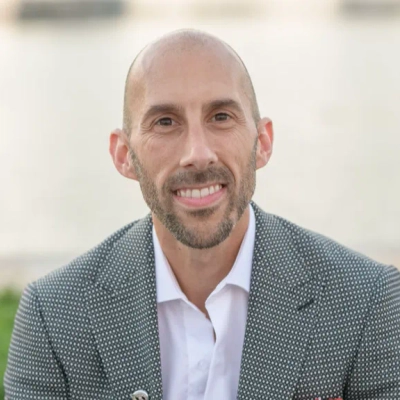
LinkedIn Fragrance Ads Target Professional Presence
When I started thinking about running ads on LinkedIn for oliviacroft.com, it felt like stepping into a room most fragrance brands didn't even know existed. Everyone was chasing clicks on the usual platforms, but LinkedIn had something they didn't: an audience of professionals who genuinely care about how they present themselves. Fragrance fits right into that idea - it's all part of how someone shows up in the world, quietly but powerfully.
Instead of pushing product shots, I gradually leaned into a feeling. We built a simple campaign around the idea of "owning the room before you say a word." The ads were elegant, but not loud. A single bottle, soft light, and a line that spoke to confidence rather than just scent. It wasn't about selling a fragrance; it was about how it makes someone feel when they walk into a meeting or an event knowing they smell incredible.
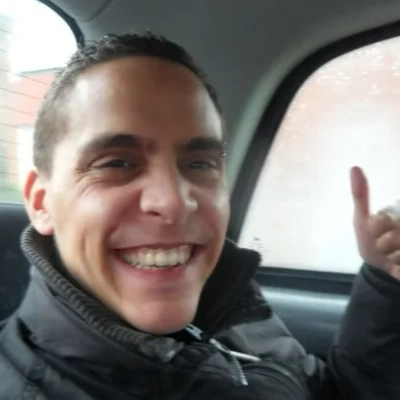
Intent Ladder Matches Ads to Purchase Stage
In our agency, we've used Google Ads to drive targeted traffic to our client's website in a strategy we call the "INTENT LADDER." The concept is straightforward—engage with people precisely in the stage of their purchase. We organize campaigns in order of keyword intent, basic awareness terms to high converting search phrases. This gives us what we need to create ad copy that addresses a visitor's needs head-on and "steers" their journey toward a landing page that fulfills the expectations they've developed by reading the copy. We are also continually optimising based on search term data and negate to block irrelevant traffic, making the campaigns lean and laser-focused.
For a B2B client, we activated a Google Search campaign focusing on those searching for solutions services with decision-making power. We combined compelling call-to-action headlines with one-off landing pages that were optimized for each keyword group. In the first month we were up by 45% conversion rate and a great decrease in bounce rates. It showed that whether with pure volume or targeted messaging, targeting based on intent crushes everything.
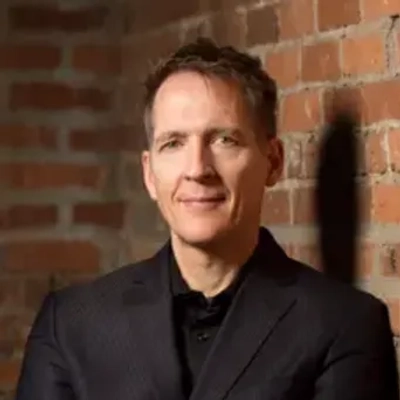
Pain-Specific SaaS Ads Outperform Broad Messages
We ran a campaign last year promoting our UX audit offer for SaaS companies, and it turned out to be one of the most effective advertising experiments we've done. Instead of running broad "design agency" ads, we focused entirely on pain-specific messaging. The copy spoke directly to founders struggling with poor product adoption or low onboarding conversion rates. Each ad led to a landing page that showed real audit examples and clear outcomes we had achieved for similar companies. That relevance made a huge difference.
We tested both LinkedIn and Meta, but LinkedIn brought in more qualified leads since it allowed us to target founders, product leads, and growth managers in SaaS specifically. We ran multiple creative variations, tracked click-throughs and on-page behavior, and killed anything that didn't perform within the first week. What worked best wasn't flashy design or big budgets. It was clear, problem-solving language and tight targeting. The campaign brought a 3x increase in demo calls in under 30 days and taught us that clarity always outperforms creativity in paid acquisition.
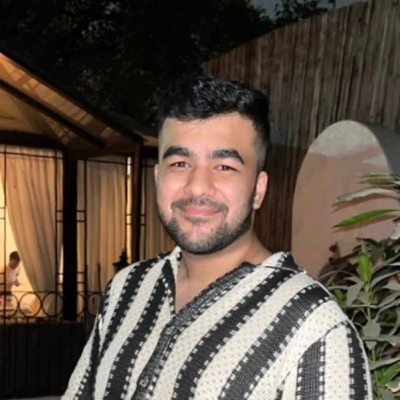
Breakdown Trigger Targets Emergency Repair Needs
My advertising strategy isn't about "driving traffic"; it's about positioning our business as an immediate lifeline for a stranded mechanic. We don't advertise to find customers; we advertise to be found by the one who needs us most.
The strategy is called The Breakdown Trigger. We use ultra-specific, high-cost search terms that target the failure symptoms of a broken OEM Cummins diesel engine. The keywords aren't generic; they are codes like "X15 low power fault" or "6.7L turbo actuator not responding."
The ad copy doesn't talk about features. It is a promise of rescue: "Engine Down? Get Expert Fitment Support Now. Same Day Pickup Available." This high-intent traffic converts because the customer is desperate and ready to buy the Turbocharger.
We don't measure success by volume of clicks. We measure it by the conversion rate of those clicks to actual sales, which is near 100%. The ultimate lesson is: You don't win in advertising by having the most clicks; you win by having the most qualified click from the one person whose emergency only you can solve.

Hyper-Local Phrases Attract Ready-to-Buy Customers
Running ads has been one of our key strategies to drive steady, local traffic to our site. Initially, we put heavy bets on broad Google Ads targeting "moving services", which is too general and too expensive to say the least. Our team decided to shift the strategy to focus on hyper-local, intent-driven ads. We started to focus on longer and location-specific phrases like apartment movers in Mississauga or "same-day movers in downtown Toronto."
This gave us two advantages; first, we started receiving active queries from the people who needed actual service, and secondly, our cost per click went significantly down as we targeted the keywords that had less competition.
We also run seasonal Facebook campaigns with short clips of our crew in action, some testimonials, and real footage of how we handle furniture safely. This personal touch helped us build trust, which resulted in better leads, more customers, and revenue. I personally tracked every ad campaign through a landing page, allowing us to evaluate the effectiveness of each at the end of each month.
This gave us a clear picture that it wasn't our budget that needed to increase, but being relevant and transparent. When our customers saw our team working, our equipment, and real customer feedback, they connected and became customers.
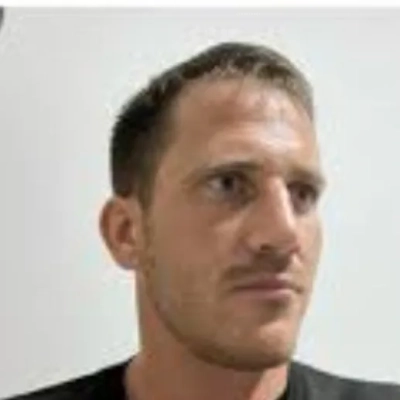
Price Qualifying Questions Filter For Buyers
One way I've used advertising to drive traffic was by running Meta ads straight into a simple funnel with price qualifying questions. Instead of chasing lots of cheap clicks, we spent more per lead but only attracted high intent buyers. That meant stronger conversions on the landing page and a much better return overall.
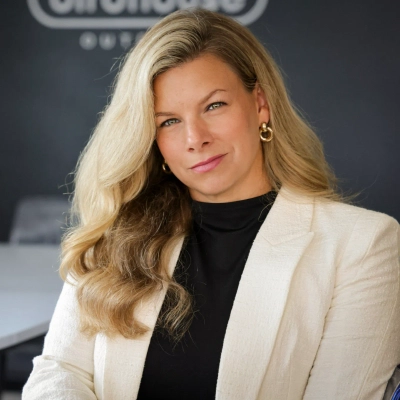
Unexpected Experiences Prompt Social Sharing
Our initial marketing campaign included Facebook and Instagram ads which focused on reaching people who showed interest in Denver-based breweries and spas and wellness activities. The advertisements presented a peaceful image of a candlelit bath filled with herbs and hops while the text simply confirmed that this experience actually exists. The advertisement impressed a guest so much that she immediately took a screenshot and forwarded it to three of her friends.
The most successful aspect of our marketing strategy involved presenting people with an unexpected yet entertaining experience which they could share with others. The booking process became straightforward by adding a prominent "book now" button to the landing page which included a brief video about the beer spa experience. Your website should provide simple instructions for visitors to understand and follow so they will visit your business.
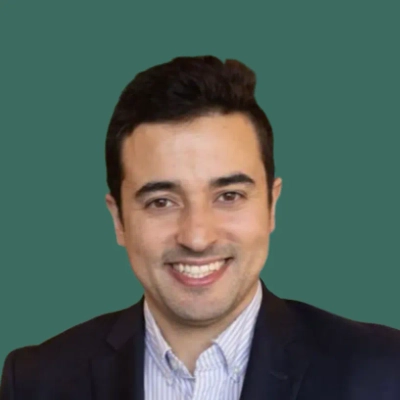
Process Clarity Beats Hard Selling
Our highest-performing ad campaign emphasized schooling, not resale. Founders were going to our VA hiring page but not sticking around to schedule a call. We substituted hard-sales ads for brief explainer videos about how our process is - onboarding, training, and after-hire support.
Those ads resulted in a landing page which enumerated clearly its steps and concluded one easy step. The new page converted nearly 40 percent better. It verified that traffic is pushed better by clarity rather than by coercion. If individuals know what they are going to happen once they clicked, they actually crave advancement.
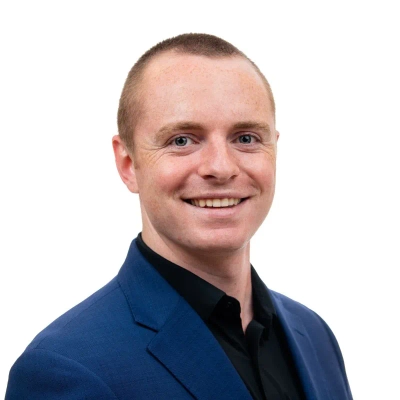
Micro-Ad Funnels Target Specific Emotional Triggers
Micro-Ad Funnels and Emotional Triggers in Advertising
Micro-ad funnels have become some of my most successful advertising strategies. I didn't implement a single long campaign; instead I developed short ads geared towards specific emotions directed at a narrowly defined user intent. The emotional hooks varied and included curiosity, fear of missing out, and more. Small emotional triggers convert better than broad calls to action, and this is a fact that many people overlook. Furthermore, when a user clicked an ad, the landing page would adopt the same tone and color palette as the ad. This move of psychological continuity almost doubled our retention on that page.
Active bursts of 15-second ad retriggers also worked better than full campaign retriggers. Most founders configure their ad sequences to retarget potential buyers over several weeks. I instead compressed this to 48-hour sprints over a small budget. This timing is ideal as curiosity is strongest right before ad fatigue sets in. Click-through rates increased by 40 percent, all without additional costs. Advertising works best when it whispers in the ear of potential buyers, instead of a loud and intrusive shoufe.
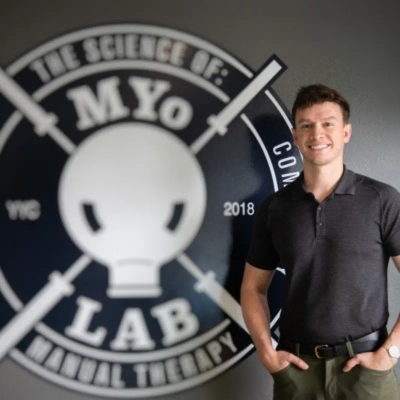
Fast-Loading Pages Show Client Results First
We used Google and LinkedIn ads to get people to visit our landing page for the redesign service we're offering. On Google, we target searches from people who were clearly trying to start a project, and wrote ads in the same language they were using in the search. We kept the landing site basic and made sure it loaded quickly. We also featured results by showing client logos and outcomes near the top of the page. On LinkedIn, we connected with people who usually help with redesigns and gave them a brief checklist to help them review their budget and timetable.
Before the launch, we set up very rudimentary tracking so that we could observe which searches got the right visitors and where they lost interest along the way. Some queries about the scope came up during the first visits, so we created a section on integrations and a two-minute video to explain things. Over the next several weeks, we saw a little increase in qualified traffic. We had more people filling out the contact form, which allowed us to organize first meetings regularly.
